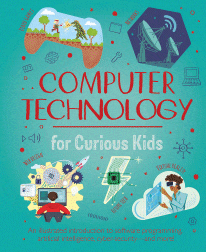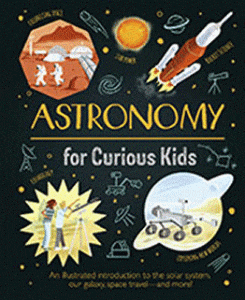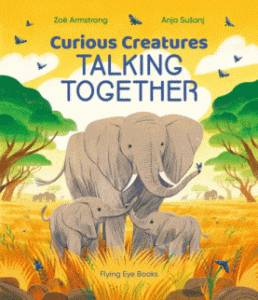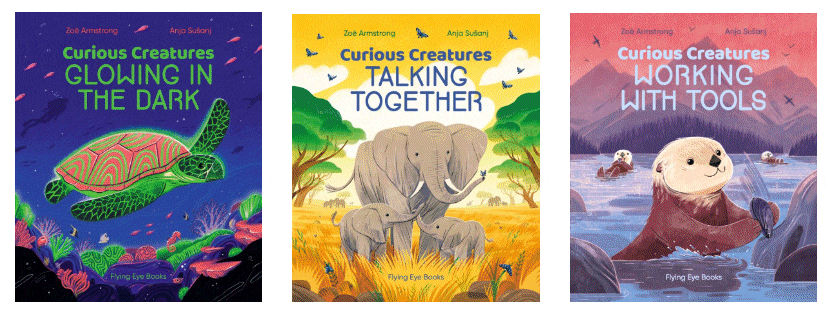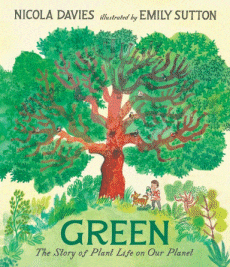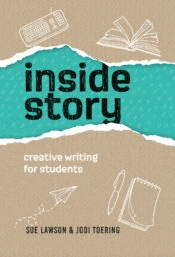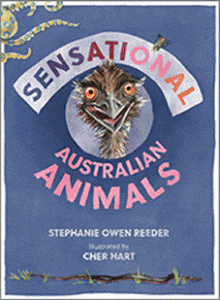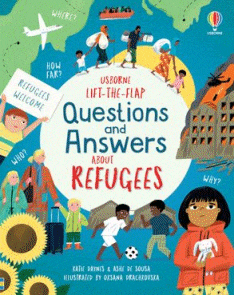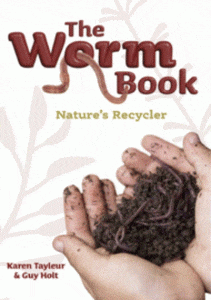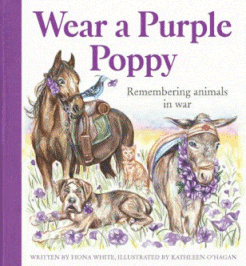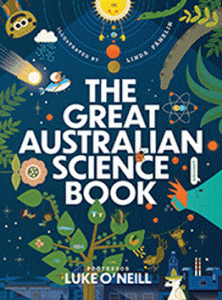
The Great Australian Science Book
The Great Australian Science Book
Prof. Luke O’Neill
Linda Fährlin
CSIRO Publishing, 2024
96pp., hbk., RRP $A29.99
9781486316595
“Science is a small word for a really big thing”. And it starts with a question like “how far away is the sun and why is it so hot” and then continues with an idea that might provide the answer, an experiment to see if the idea might be possible and then a theory that explains what we were wondering about in the first place. Then the theory is tested and tested and tested, maybe challenged and changed until it is confirmed and an answer revealed.
For some younger students, the concept of science might be overwhelming but as they make their way through this book specifically written for the Australian and New Zealand market, and addressed directly at the reader, they will realise that they too can think like a scientist and start to make sense of their world. Covering topics spanning The Universe, Planet Earth, The Human Body, and The Very Small as well as a timeline of major discoveries it answers many of the questions that vex young minds in manageable chunks using accessible language and lots of illustrations. It includes how Australia has made huge contributions to science and offers a few experiments for the reader to undertake as they learn to think like a scientist.
There are any number of books introducing young readers to these basic topics that capture their curiosity, but because this one emphasises that need to be a creative and critical thinker (and even sums those steps up in a graphic) it is unique. There are teachers’ notes available to use the book as the basis for a science program but it is probably more useful as a dip-and-delve book for the individual to follow their curiosity and their questions arise.
